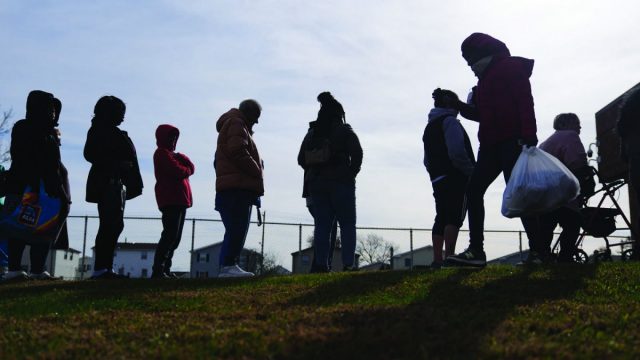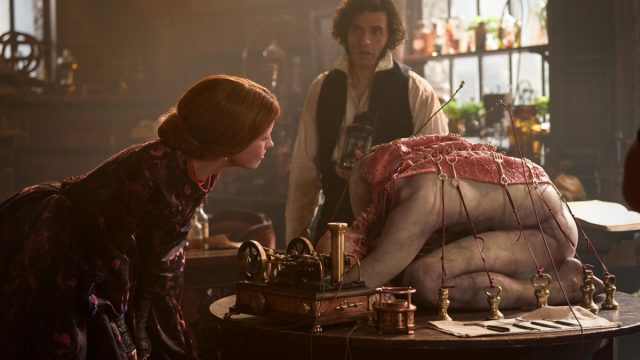(Photo courtesy of Vaughn Ridley/Getty Images) “The Dodgers run out of the dugout to celebrate their second straight championship.”
Jake Messer
Connector Editor
In what was a truly memorable Game 7, The Los Angeles Dodgers knocked off the Toronto Blue Jays by a score of 5-4 to win back-to-back World Series Championships, the first team to win consecutive championships since the 2000 New York Yankees.
In an up-and-down, back-and-forth series where both teams had multiple opportunities to close it out, the Dodgers capitalized on a superhuman effort from pitcher Yoshinobu Yamamoto to propel them to the championship. Yamamoto was incredible throughout the fall classic, as he earned a victory in Game 2 by throwing a complete game. His next time on the mound, he threw six innings while only giving up one run in a dominant Game 6 showing, helping the Dodgers force a Game 7.
In said game, after throwing 96 pitches the night before, Yamamoto walked onto the mound in relief and held the Blue Jays’ bats at bay for 2.2 innings, getting the last three outs to clinch the title. In total, Yamamoto threw a ridiculous 215 pitches in the World Series. As a result of his heroics, Yamamoto was voted as the World Series MVP.
“When I started in the bullpen before I went in, to be honest, I was not really sure if I could pitch up there to my best ability,” Yamamoto said via his interpreter. “But as I started getting warmed up, because I started making a little bit of an adjustment, and then I started thinking I can go in and do my job.”
Another key to the Dodgers’ success was two-way superstar Shohei Ohtani. Throughout the seven-game marathon, Ohtani pitched two games, throwing eight innings while giving up 11 hits and surrendering seven runs. It wasn’t his best showing on the mound, but he more than made up for it behind the plate.
Nine hits, three home runs and 5 RBI’s, to name just a few, were powerful ways Ohtani impacted the series on his way to his second MLB Championship.
“Everything was so fun,” Ohtani said. “I think on both sides, their team, our team, I think we had an amazing game and it’s something I can only imagine.”
The series, as previously mentioned, was tense and back and forth, as the highlight before the epic finale was the 18-inning marathon in Game 3 that saw the Dodgers walk off with the victory thanks to infielder Freddie Freeman’s homerun. The runtime was six hours and 39 minutes, which makes it the second longest game in the fall classic behind the 2018 Game 3 marathon between the Red Sox and Dodgers, which also went 18 innings and was played for seven hours and 20 minutes.
For the last game of the season, 51 million fans from all over the world tuned in to watch the epic game unfold, which is the most for a World Series game since 1991. The game most certainly delivered.
As the old saying goes, money doesn’t buy championships, but it certainly helps. The Dodgers led the Major League in funding this season with a payroll of $321 million, and with most of the roster locked down for next year, what exactly is stopping this lineup from going for a three-peat? This isn’t speculation; it’s an outright goal as Ohtani made his intentions clear.
“Hello,” Ohtani began in English. “I want to say I’m so proud of this team and I want to say you guys are the greatest fans in the world. I’m ready to get another ring next year.”
With that being said, there is one player not coming back to the Dodgers next season, as the 37-year-old, future Hall of Fame pitcher, Clayton Kershaw, is retiring from baseball after capturing his third championship in his storied career.
Kershaw, who spent his entire 18-year career with the Dodgers, will be sorely missed, even if he was running out of gas towards the end of season, which he admitted to and cites as one of his reasons for choosing retirement.
“I don’t think [throwing} 88 mph is going to cut it anymore in today’s game,” Kershaw said. “It’s my time, I’m at peace with it, it’s time to go.”






